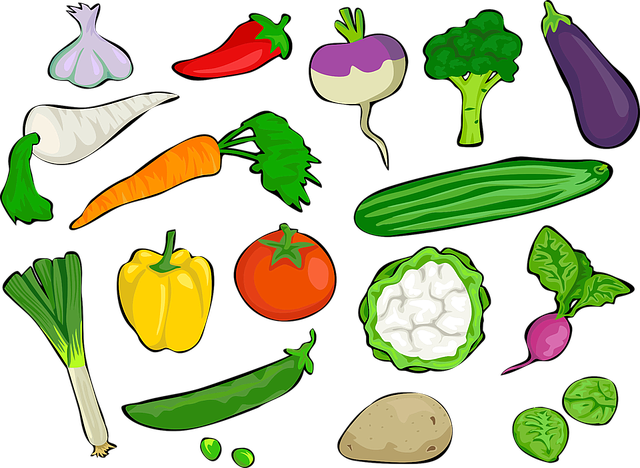Vertical Farming and Its Advantages
Over the last 150 years, half of the world’s topsoil has vanished.
Land degradation is a problem that is caused by both natural and human influences including pollution, droughts, and overfarming. During land degradation, half of the topsoil on earth has already disappeared.
What is Vertical Farming?
Growing crops indoors and on vertically stacked layers is the best definition of vertical farming. Vertical farms can produce 1 ton of lettuce in 17% of the space required by typical farms, making them significantly more space-efficient. Although this is a straightforward remedy to land deterioration, the advantages do not end there.

Because pesticides are no longer required, environment-controlled farming reduces the usage of chemicals. According to a recent study from the United States, almost 71% of cases are attributed to soil contamination due to pesticides and reduced biodiversity.
In addition, thanks to recirculation, vertical farms can save up to 90% on water. When you consider that typical farms attributing to 70% of world water consumption, this is a huge step forward.
Benefits of Vertical Farming
Vertical farming makes use of controlled environment agriculture (CEA) technology, which includes the following:
AEROPONICS
Plants float in the air and solvents rich in nutrients are being sprayed.
HYDROPONICS
A water-based solution rich in nutrients is the source of the plant’s habitat.
AQUAPONICS
The ecosystem wherein plants grow is closely similar to that of the environment that houses fish.

